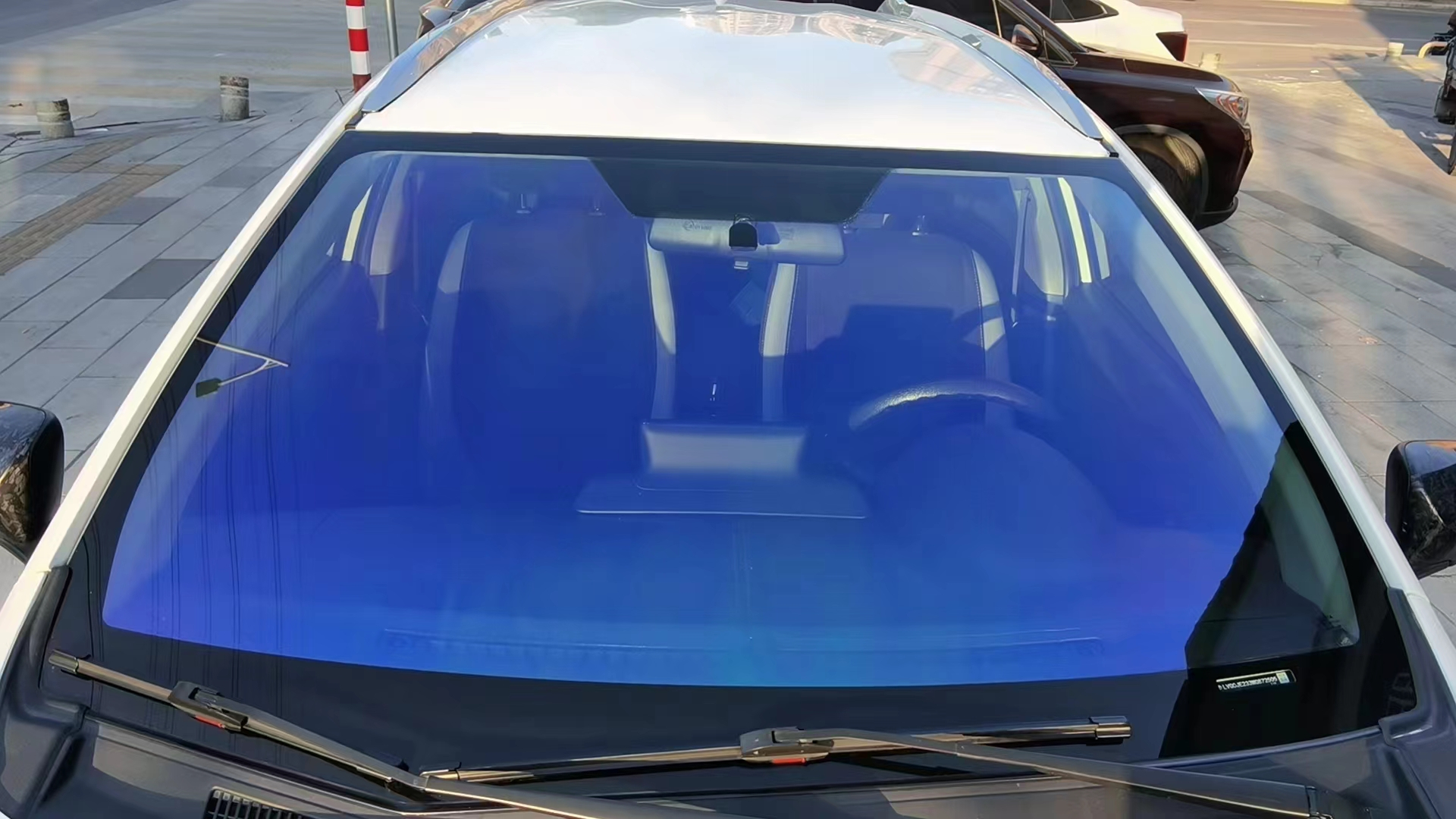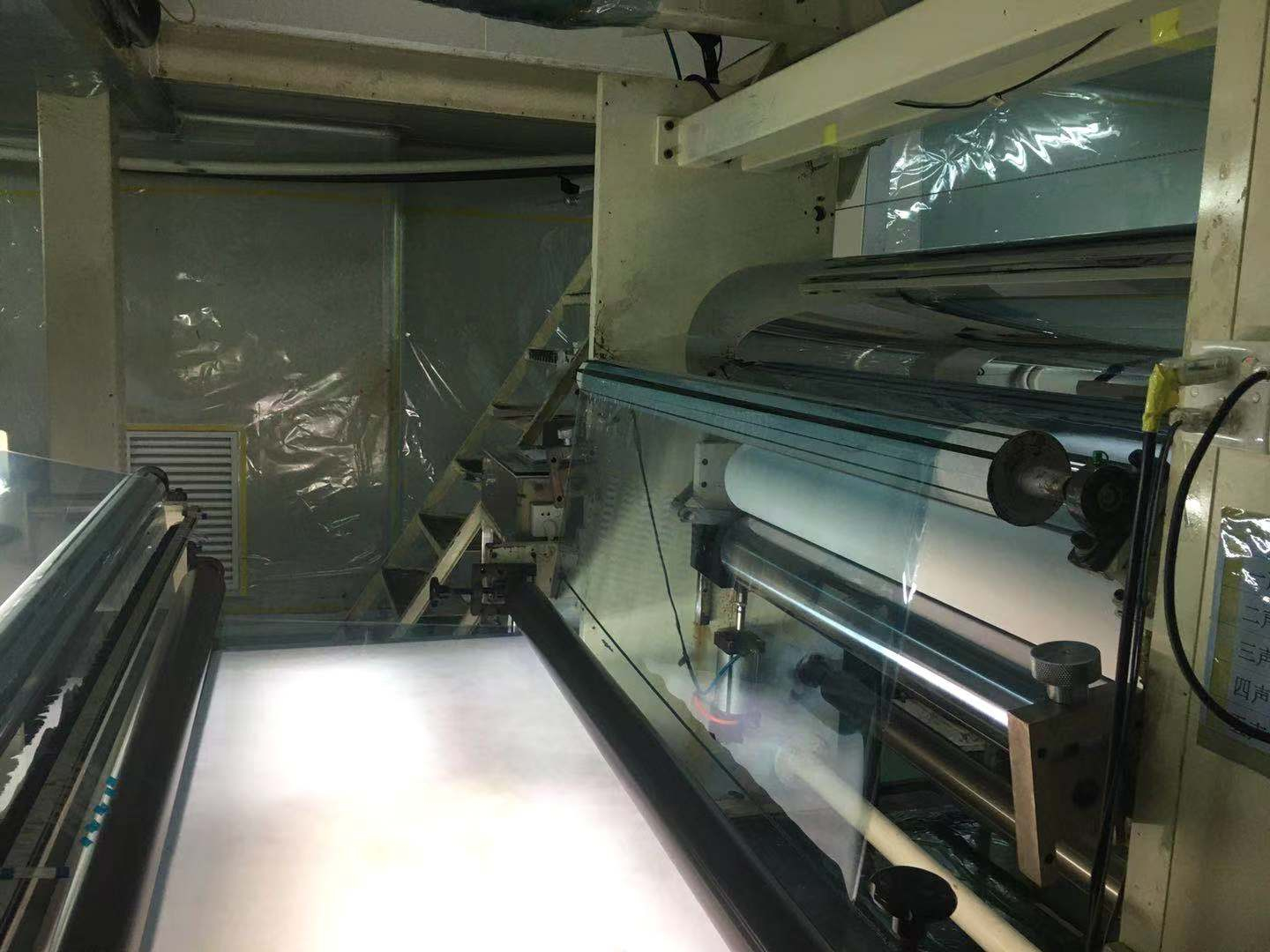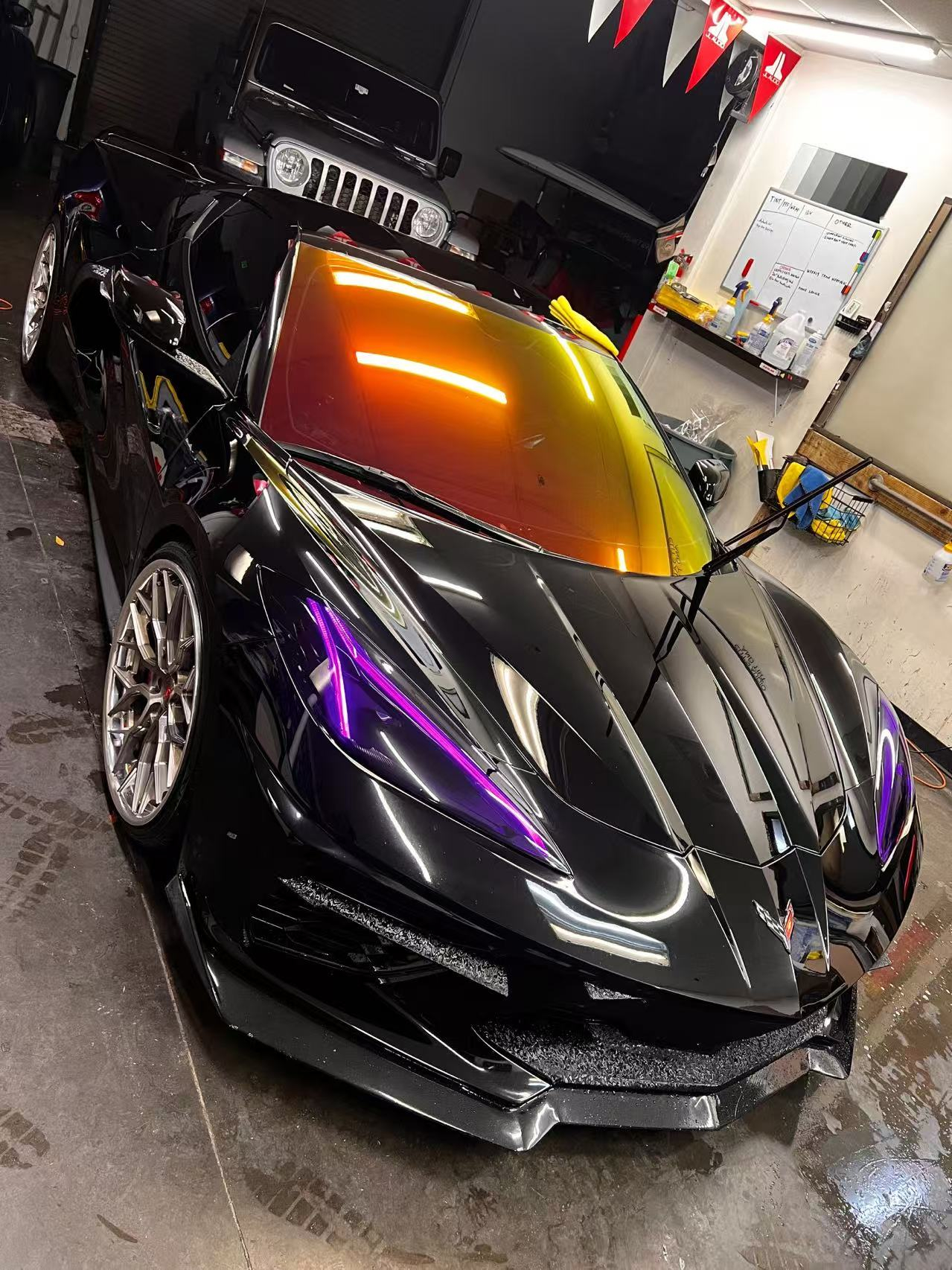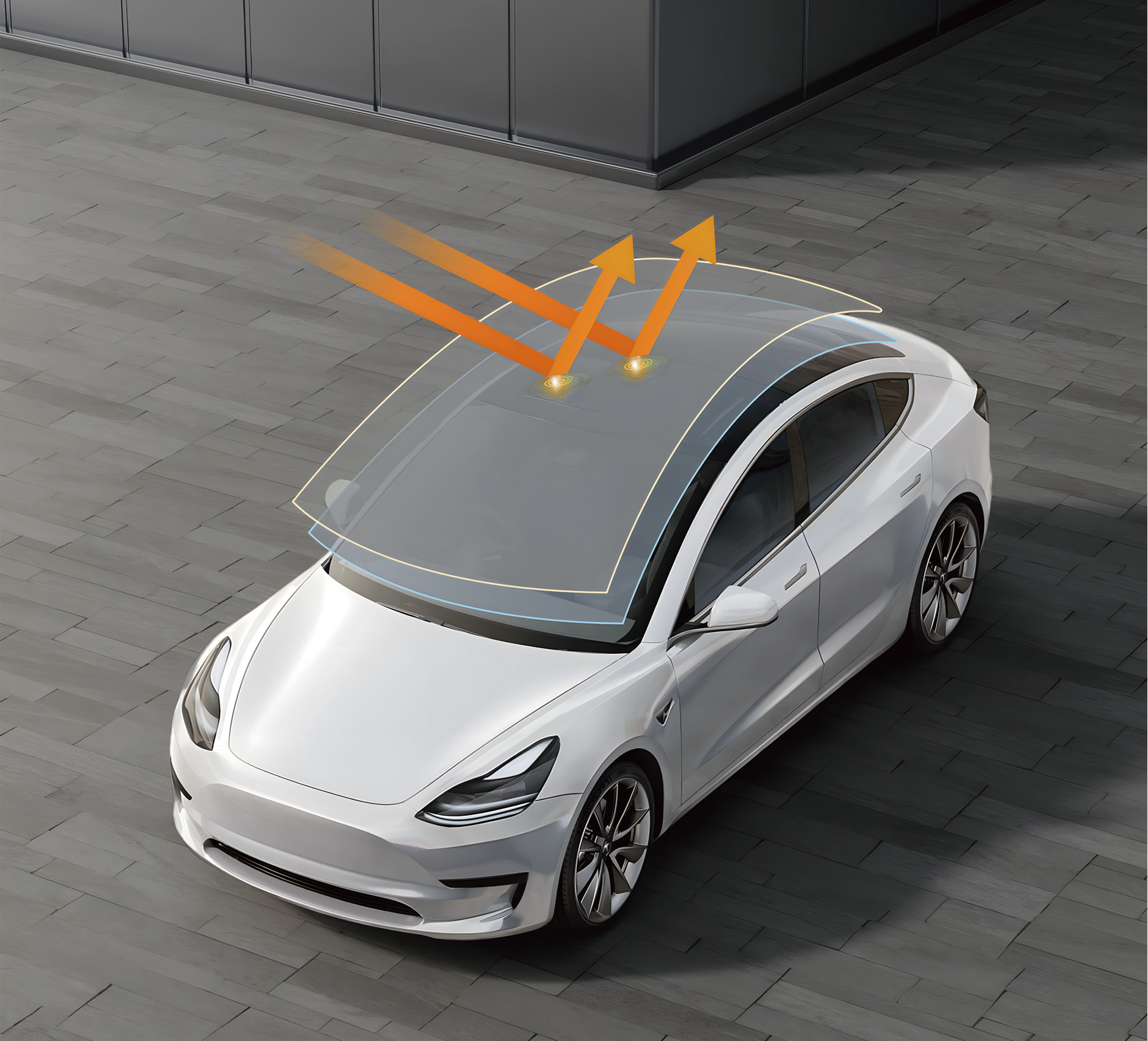Understanding how to maximize your vehicle’s comfort through effective heat rejection with window tint can significantly enhance your driving experience. In this article, you’ll uncover practical tips and insights on selecting the best window tint, ensuring proper installation, and maintaining your investment.
Solar Heat Gain is a critical factor influencing vehicle temperature. When sunlight penetrates your car’s windows, it increases the internal temperature, making it uncomfortable and forcing the air conditioning system to work harder. This is where heat rejection plays a vital role.
The importance of heat rejection extends beyond mere comfort. Effective heat rejection:
- Reduces the strain on your vehicle’s air conditioning system, leading to better fuel efficiency.
- Protects your car’s interior from UV damage.
- Enhances overall driving comfort by maintaining a cooler cabin temperature.
By understanding these aspects, you can make informed decisions that will optimize your vehicle’s comfort and energy efficiency. Explore high-quality window films designed for superior heat rejection at KSB window film Material Co., LTD.
Choosing the Right Window Tint for Optimal Heat Rejection
Selecting the right window tint is crucial for maximizing heat rejection and ensuring comfort in your vehicle. Here’s what you need to consider:
Importance of Selecting High-Quality Films
High-quality window tint films are essential for effective heat rejection. These films are engineered with advanced materials that block a significant amount of solar heat, making your vehicle’s interior cooler and more comfortable. Cheap or low-quality tints may not offer the same level of performance, leading to suboptimal results.
Key Features of High-Quality Tints:
- Durability: Resistant to bubbling, peeling, and discoloration.
- UV Protection: Blocks up to 99% of harmful UV rays.
- Clarity: Maintains optical clarity without distorting visibility.
For instance, advanced paint protection films offer strong topcoats and easy installation, ensuring long-lasting defense against scratches and abrasions.
Assessing Solar Heat Gain Coefficient (SHGC) Ratings
The Solar Heat Gain Coefficient (SHGC) rating is a critical metric when choosing window tint. This rating measures how well the film blocks solar heat; lower SHGC values indicate better heat rejection performance.
Steps to Evaluate SHGC Ratings:
- Check Product Specifications: Look for SHGC ratings in the product details.
- Compare Different Tints: Choose tints with lower SHGC values for better heat blocking capabilities.
- Consider Climate Needs: In hotter climates, opt for tints with the lowest possible SHGC rating.
Referencing products like those from KSB Films can give you an idea of what high-performing films look like in professional settings.
Tint Shade and Heat Absorption
The shade of the window tint plays a significant role in its ability to absorb and reject heat. Generally, darker tints absorb more heat but also have higher heat rejection capabilities.
Understanding Tint Shades:
- Darker Tints: Absorb more solar energy but provide superior heat rejection.
- Lighter Tints: Offer better visibility but may be less effective at blocking heat.
Balancing between visibility needs and heat rejection performance is essential. For example, high-quality nano ceramic films are designed to offer both excellent heat rejection and clear visibility as discussed in this informative article on nano ceramic films.
By focusing on these key aspects—high-quality films, SHGC ratings, and appropriate tint shades—you can significantly enhance your vehicle’s comfort through optimal heat rejection.
Ensuring Proper Installation and Maintenance of Your Window Tint
Why Professional Installation is Crucial for Maximizing Heat Rejection
Benefits
Professional installation ensures that your window tint performs optimally. Expert installers are trained to apply the film without bubbles, creases, or other imperfections that can reduce its effectiveness. Poor installation can lead to areas where heat seeps through, diminishing the film’s ability to reject heat efficiently.
Common Installation Issues That Can Compromise Effectiveness
Several common issues can arise during DIY installations:
- Air Bubbles: Trapped air can drastically reduce the tint’s ability to block heat.
- Creases: Uneven application leads to creases which not only look unsightly but also compromise performance.
- Edge Peeling: Poor adhesion along the edges can cause the film to peel, reducing its lifespan and effectiveness.
By opting for professional installation, you avoid these pitfalls and ensure that your window tint offers maximum heat rejection benefits.
Importance of Allowing Proper Cure Time After Installation’
Allowing your window tint to cure properly post-installation is vital. The curing process typically takes a few days, during which time you should avoid:
- Rolling down windows
- Cleaning the windows with harsh chemicals
- Exposing the windows to extreme temperatures
This cure time allows the adhesive to bond fully with the glass, ensuring optimal performance and longevity. Skipping this step can result in premature bubbling or peeling, reducing the film’s heat rejection capabilities.
Recommended Practices to Maintain Your Window Tint’s Heat Rejection Capabilities Over Time
Maintaining your window tint involves several key practices:
- Regular Cleaning: Use a mild detergent and a soft cloth to clean tinted windows. Avoid abrasive materials that could scratch the film.
- Routine Inspections: Routinely check for signs of wear such as bubbling, discoloration, or peeling. Early detection allows for timely repairs.
- Avoid Sharp Objects: Be cautious when loading items into your vehicle that could scratch or damage the tint.
- Sunshades: Using sunshades when parked can help prolong the life of your window tint by reducing direct sunlight exposure.
Adhering to these maintenance tips helps preserve your window tint’s effectiveness in blocking solar heat.
For those considering professional services or seeking high-quality films, explore KSB: Professional Window Film Manufacturer & Wholesaler for expert guidance and exceptional products. For insights into different types of films such as nano ceramic options, read more about their unique properties here.
Ensuring proper installation and regular maintenance not only maximizes heat rejection but also enhances overall comfort and energy efficiency in your vehicle.
Complementary Strategies to Enhance Comfort in Your Vehicle
Using Sunshades to Reduce Heat Buildup
Pairing window tint with sunshades can significantly enhance your vehicle’s comfort. Sunshades act as an additional barrier against solar heat when your car is parked. By reflecting sunlight away from the interior, they reduce the overall temperature inside the vehicle.
- Front Windshield Sunshades: Essential for blocking direct sunlight.
- Rear Window and Side Window Sunshades: Provide comprehensive protection for all passengers.
The combination of window tint and sunshades ensures that your car remains cooler, even during peak summer months.
Smart Parking Habits to Minimize Direct Sunlight Exposure
Adopting smart parking strategies plays a crucial role in maintaining a comfortable vehicle temperature. Parking in shaded areas helps reduce direct sunlight exposure, keeping your vehicle cooler.
- Seek Out Natural Shade: Look for trees or buildings that cast shadows.
- Use Covered Parking Structures: Opt for parking garages or carports whenever available.
- Align Your Car’s Orientation: Park facing east in the morning and west in the afternoon to avoid prolonged sun exposure on one side.
These habits not only enhance comfort but also protect your vehicle’s interior from UV damage.
For those interested in exploring innovative window films, check out KSB Films’ latest chameleon window film which offers both style and protection.
Understanding why some window films turn purple and how ceramic films offer superior performance can be beneficial too. Learn more about these aspects here.
By integrating these complementary strategies with high-quality window tinting, you can maximize heat rejection and enjoy a more comfortable driving experience.
Exploring Advanced Options: Ceramic Window Tint for Superior Heat Rejection
Ceramic window tints offer unmatched heat rejection abilities, making them a great choice for those wanting the utmost comfort in their vehicles. Unlike regular tints, ceramic films contain nano-ceramic particles that block up to 98% of infrared radiation—the main reason for heat buildup inside a car.
Unique Properties of Ceramic Window Tints
1. Heat Rejection Efficiency
Ceramic tints excel at blocking solar heat without compromising visibility. This makes them ideal for hot climates where maintaining a cooler car interior is crucial.
2. UV Protection
These tints also offer superior protection against harmful UV rays, safeguarding both your skin and your vehicle’s interior from damage.
3. Durability
The nano-ceramic particles make these films highly resistant to fading and discoloration over time, ensuring long-lasting performance.
Advantages of Choosing Ceramic Window Tint
- Enhanced Comfort: By rejecting a significant amount of heat, ceramic tints help maintain a comfortable cabin temperature, reducing the need for air conditioning.
- Clarity and Visibility: Despite their high heat rejection properties, ceramic tints do not darken your windows excessively. This offers better visibility compared to other tint types.
- Aesthetic Appeal: The sleek appearance of ceramic window tint adds a touch of sophistication to any vehicle.
For those considering professional-grade installation tools or high-quality nano-ceramic films, you can explore options here and here.
Investing in ceramic window tint is a strategic move for anyone looking to enhance their driving experience through superior heat rejection and durability.
Legal Considerations: Understanding Local Regulations on Window Tinting
Understanding local regulations regarding window tinting is crucial to avoid fines and ensure compliance with the law. Each state or country has specific regulations about the darkness and reflectivity of window tints, which can impact not only the look of your vehicle but also your safety and legal standing.
Key Points to Consider
- Tint Darkness: Different regions have varying rules on how dark your window tint can be. This is usually measured by the Visible Light Transmission (VLT) percentage. For instance, a VLT of 35% means that 35% of visible light can pass through the tint. Some areas might allow darker tints on rear windows while restricting front side windows to lighter shades.
- Reflectivity: Besides darkness, the reflectivity of the tint is also regulated. High reflectivity can cause glare issues for other drivers, which is why many jurisdictions set limits on how reflective your window film can be.
- Medical Exemptions: Some locations offer exemptions for medical reasons that require higher levels of heat rejection or UV protection. Always check if you qualify and what documentation is needed.
Why Compliance Matters
- Avoiding Fines: Non-compliance can result in hefty fines or even mandatory removal of the non-compliant tint.
- Safety Concerns: Ensuring that your tint adheres to local laws helps maintain safe driving conditions for both you and other road users.
- Insurance Issues: Violating tint laws could potentially affect insurance claims in case of an accident.
For precise information tailored to your area, you can consult local DMV websites or professional window tint installers who stay updated with current regulations.
Enhancing your vehicle’s comfort through effective heat rejection is essential, but staying within legal boundaries ensures you enjoy all benefits without unintended consequences. For tools that aid in achieving a compliant and professional installation, check out this selection. For those interested in shipping window films from China to their shop, this guide offers detailed insights.
By understanding and adhering to local window tint laws, you maximize both comfort and legality.
Conclusion: Maximize Your Comfort with the Best Practices for Heat Rejection through Window Tinting
Adopting best practices for heat rejection can significantly improve vehicle comfort. Embrace strategies like selecting high-quality window tint, ensuring professional installation, and maintaining your tint with care.
- Opt for High-Quality Films: High Solar Heat Gain Coefficient (SHGC) ratings ensure better heat blocking.
- Professional Installation: Avoid bubbles and creases that can compromise effectiveness.
- Regular Maintenance: Clean windows regularly with mild detergent and a soft cloth.
For more insights on choosing the right film, explore The Science Behind Window Tinting. Additionally, learn how high-volume tint shops benefit from specialized films here.
Maximize comfort with window tint by integrating these tips into your routine.
FAQs (Frequently Asked Questions)
What is solar heat gain and how does it affect my vehicle's temperature?
Solar heat gain refers to the increase in temperature in a vehicle caused by sunlight passing through the windows. This can lead to uncomfortable interior temperatures, especially during hot weather, making heat rejection essential for maintaining comfort.
How do I choose the right window tint for optimal heat rejection?
Selecting high-quality window films with a favorable Solar Heat Gain Coefficient (SHGC) rating is crucial. The SHGC indicates how much solar radiation is admitted through the window. Additionally, consider the tint shade; darker tints may absorb more heat but can also enhance overall heat rejection performance.
Why is professional installation important for window tint?
Professional installation ensures that the window tint is applied correctly, maximizing its effectiveness in rejecting heat. Poor installation can lead to bubbles, peeling, or improper alignment, which can compromise the tint's performance and longevity.
What are some strategies to further enhance comfort in my vehicle?
Using sunshades when parked can significantly reduce interior heating. Additionally, adopting smart parking habits, such as seeking shaded areas or parking in a way that minimizes direct sunlight exposure, can help keep your vehicle cooler.
What are the advantages of ceramic window tint?
Ceramic window tints offer unique properties that make them highly effective at rejecting heat while also providing UV protection and glare reduction. They do not contain metal, which means they won't interfere with electronic signals and provide superior clarity compared to other types of tints.
What legal considerations should I be aware of regarding window tinting?
It's important to understand local laws concerning window tint darkness and reflectivity to ensure compliance and avoid fines. Regulations vary by location, so checking with local authorities or guidelines before applying window tint is recommended.








